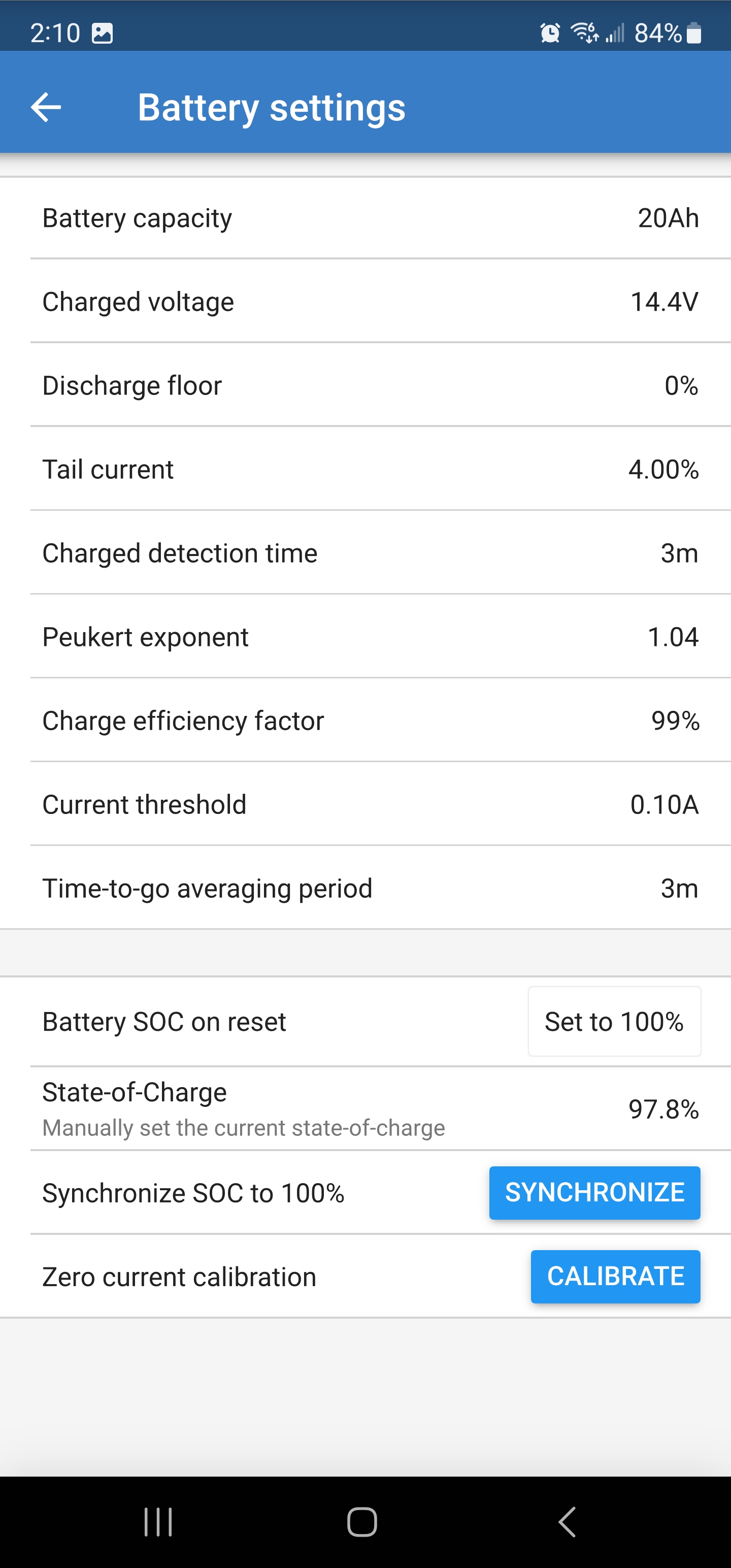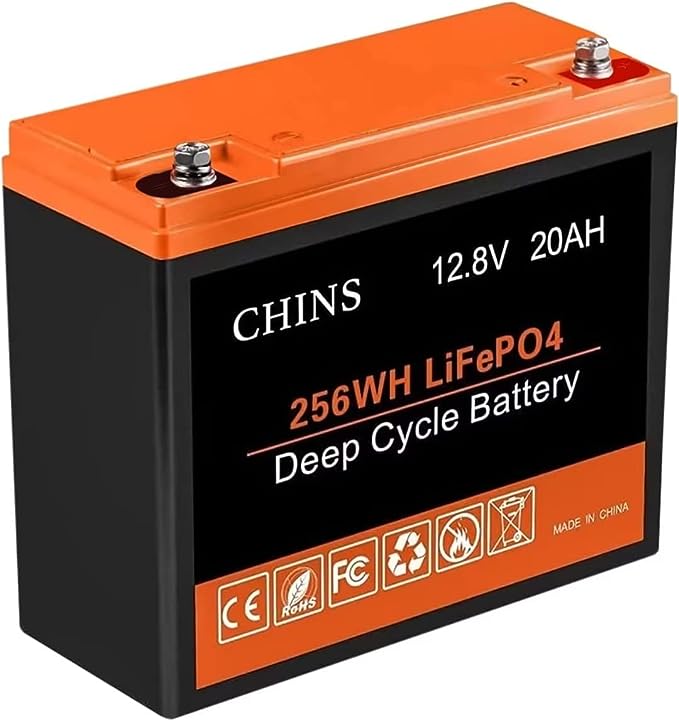I recently installed an Orion Tr Smart DC-DC charger 12/12-18. I also installed the BMV Bluetooth Shunt.
It is charging a small Chins 20AH 12V LifeP04 battery. Engine start is working well. Cabling is an 8awg pos and neg cable from start battery to the Orion and battery under the back seat of the truck.
Sometimes throughout the day on engine start up it will go straight to float even though my BMV shunt is indicating 50 or 60 percent (Voltage on the LifeP04 is around 13.1v). This causes the charge rate to be very low compared to when it is in bulk state.
I have solved it by setting Absorption to 14.5 and Float to 14.4. That's not a good long term solution for the battery though.
This is a work truck that has an 300w inverter for tool batteries and also laptop charger and wifi system.
Is it possible this battery is too small and it's thinking it's full? I am planning on adding a 2nd identical battery in parallel soon.
I am going to try and install a larger relay/contactor and just turn the Orion completely off on engine shutdown to see if it will go to bulk between engine starts.



